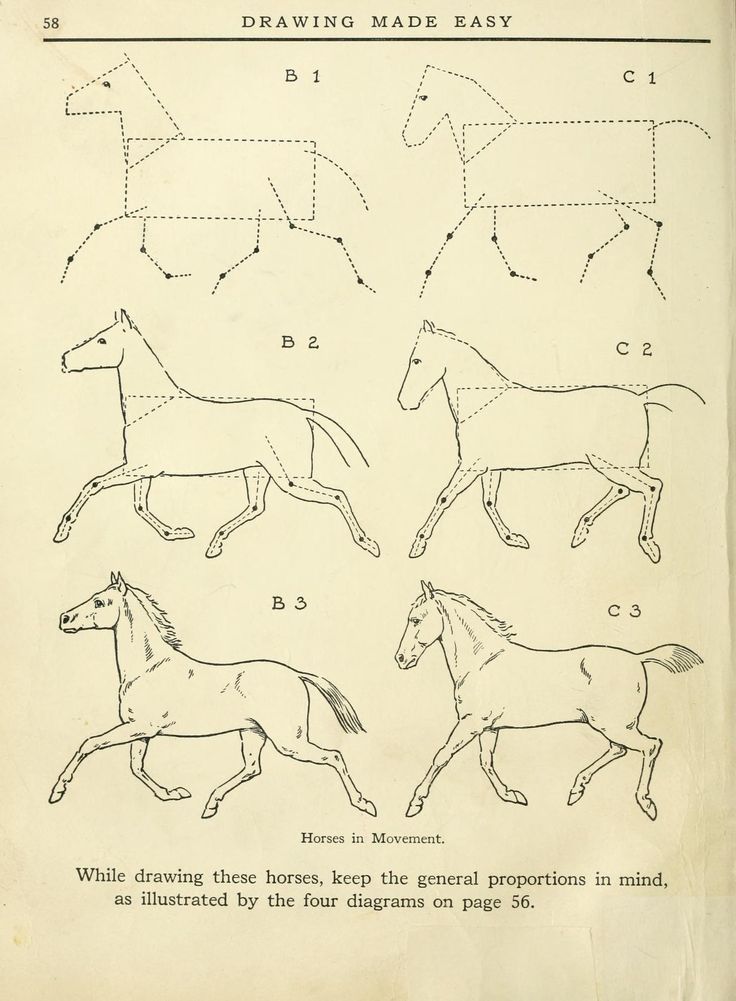

- #Artistic anatomy robert beverly hale pdf converter how to#
- #Artistic anatomy robert beverly hale pdf converter skin#
Perspective Drawing Handbook by Joseph D’Amelio Creative Perspective for Artists and Illustrators by Ernest Watson I use Nicolaides material when teaching “Life” Drawing, but not when emphasizing anatomy or form. Nicolaides taught at the Art Student’s League in New York at the same time as Bridgman, and he deferred to Bridgman’s teaching as a resource for applying perspective to anatomy. His exercises are the best I know for developing the sensitivity of an artist, but they are inefficient for learning to master form in space. Nicolaides was concerned primarily with the “guts” of art - keeping artists’ attention on the feelings that prompt the drawing. This presents a very different approach to drawing than what you find in the previously listed books. The Natural Way to Draw by Kimon Nicolaides

The anatomy is stylized to the point of looking artificial - more like plastic action figures than real humans - but it is strong on showing how classic draftsmanship can be creatively applied to the human body.
#Artistic anatomy robert beverly hale pdf converter how to#
Look at the pictures and you’ll learn how to use form in drawing the figure. mvĭon’t try to read it - you’ll just get frustrated. The writing is entertaining and enlightening. It was taken from Hale’s lectures at the Art Students League and has errors in it because the transcriber didn’t understand the material. Master Class in Figure Drawing by Robert Beverly Hale Unfortunately, the sequel called Anatomy Lessons from the Great Masters doesn’t compare - it has great pictures but the text is lifeless reportage - Hale didn’t write it even though they used his name. A solid “ten.” 100 master drawings analyzed simply, clearly and with deep insight from a man who understood classic draftsmanship as thoroughly as anyone in the 20th century, and who taught it as well as anyone in any century. I understood it the first time, and I still benefited from it the seventh. mvĭrawing Lessons from the Great Masters by Robert Beverly Hale The reward is that you’ll learn all the mysteries of classic draftsmanship in months rather than decades. It’s centuries-old knowledge, it’s reasonably clear, and it’s worth twenty times the price. Scott and Thomas explain basic facts about perspective, then build from basic facts into the most complex drawings imaginable. If I’d had this book thirty-five years ago, it would have spared me years of frustration. How to Draw: Drawing and Sketching Objects and Environments from Your Imagination by Scott Robertson with Thomas Bertling But I’ve listed everything you need to master old-school drawing. I’m reading a bunch of recent releases, some of which are impressive. But this section focuses on all-around draftsmanship, so here’s where you’ll find my reviews of perspective books as well. When you can draw the human figure “in 3D space” you can draw just about anything in 3D space. It is an essential reference for figurative artists working in any art medium.Some of these books are listed under other resource categories, mostly in the anatomy section. This book contains 122 marvellous illustrations drawn by Richer in black & white, a translator's preface, and index. Together, these two volumes give a thorough description of human forms for the purposes of the artist. Now, his text on the female figure is available to an English audience for the first time. His Artistic Anatomy, which describes the male figure exclusively, has been in print since 1971 and is a canonical text in the field. Richer is already known as an authority on the structure of the human body.
#Artistic anatomy robert beverly hale pdf converter skin#
He talks about the role of the skeleton, the fat deposits, and the skin in creating the superficial form of the body, and he describes the features of the face. He discusses ways in which male and female bodies are similar, then highlights ways in which they are different. Richer accurately analyzes the proportions of men and women. Here, Richer focuses on the variations in the body that make each individual unique. This book is the first of its kind to offer a comprehensive description of the female form.


 0 kommentar(er)
0 kommentar(er)
